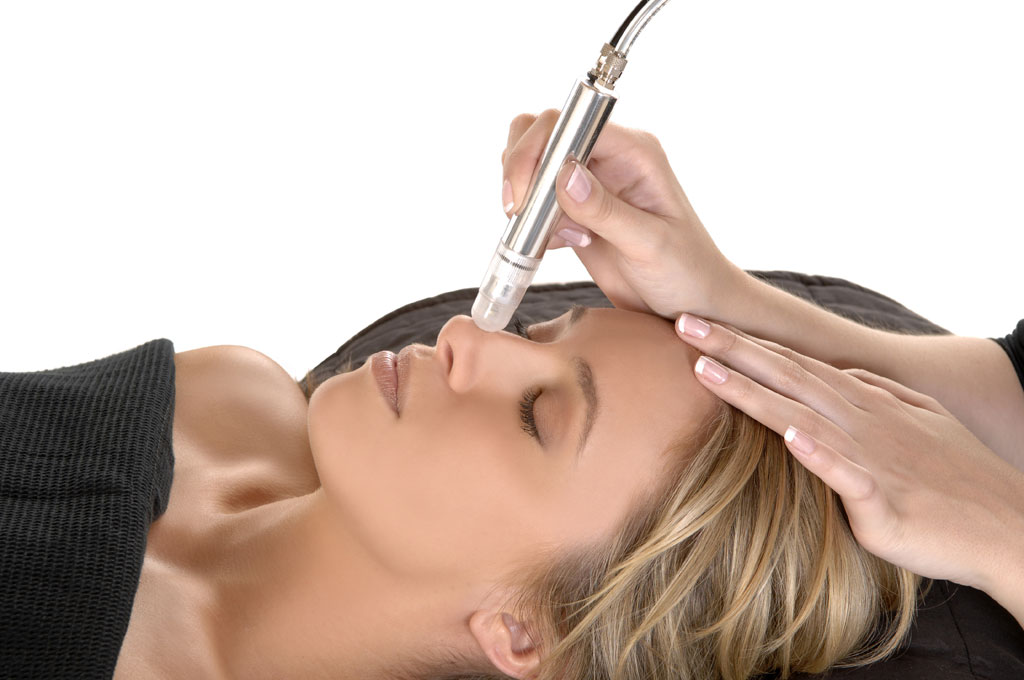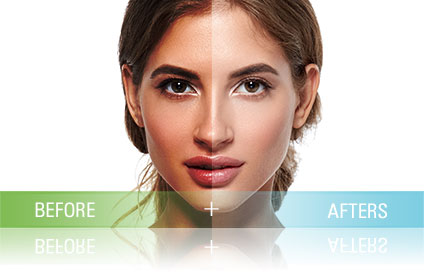People ask a variety of questions about laser and light and treatments, most of the answers to these questions depend heavily upon the individual and the type of treatment.
A single answer will not cover all possibilities. In this post Dr. Chiu answers some frequently asked question about laser and light treatments. To learn more about laser and light treatments and to find out what is the best treatment for you contact us to schedule a consultation.
1. Which laser treatment is best for facial rejuvenation and skin tightening?
There is no magical single laser for this question. Lasers are incredibly target specific. If you are looking to even color, an Intense Pulsed Light treatment may be all that is necessary. For acne scarring, pore size, and coarsening, a fractional non-ablative laser can be very effective. The best treatment for overall skin tightening and treatment of deeper wrinkles is the fractional ablative laser resurfacing.
2. Do laser treatments stimulate collagen production?
Laser-light technology has been shown to stimulate collagen production through remodeling of collagen and deep heating of collagen fiber. Post treatment skincare products can also help the collagen synthesis process. We recommend products containing retinoids and growth factors to maintain your investment.
3. What is the best time of the year for laser skin resurfacing?
True resurfacing lasers are often best done in the Fall or Winter, when the skin is not quite as susceptible to sun exposure immediately after the procedure. However, nowadays, with awareness of sun protection, the best time is whenever you may have a few days to a week of “down-time”, depending on the procedure.
4. What is the best laser treatment for scars and large pores?
Fractionated non-ablative lasers can be quite effective for surgical scars, acne scarring and enlarged pores. The treatments are typically done in a series, spaced about one month apart. Fractionated technology leaves very small “islands” of normal skin intact, dramatically decreasing downtime and improving safety in darker skin types.
5. Which treatment is better for chin and upper lip lines: Fractional Laser or Dermabrasion?
A multi-modal approach using both fine line fillers, tiny drops of Botox, fractional ablative laser, and/or deep chemical peels are great ways to improve vertical lip lines, otherwise commonly known as “smokers’ lines”.
6. Which laser is best for neck tightening with minimal downtime?
The laserlift utilizing a minimally invasive technique of removal of fat under the chin area and heating of the skin at the same time from under the skin can produce dramatic results in a single session. This is a new technology that allows a previously difficult to address area to be treated with minimal downtime.
7. What are the potential side effects of laser skin resurfacing?
As with any procedure, laser treatments have certain risks, especially if the treating provider is inexperienced. Potential side effects include burning, bruising, hyperpigmentation and hypopigmentation. Darker skin types including Asians and Hispanics are more prone towards discoloration post laser, so it is important to seek physician level care with someone who is experienced with these skin types.
8. How long should I wait between laser•light treatments?
With experience in how to push settings in a safe manner, some procedures require only a single session. Stretch marks, acne scarring, and surgical scars can require 3-4 sessions, and we recommend doing them about one month apart.
9. Laser skin resurfacing •pros and cons?
Patients considering laser resurfacing for scars should discuss the pros and cons with Dr. Chiu or your dermatologist before proceeding to decide on a plan. This often depends on your specific concern and skin type.
The more invasive the laser, the more dramatic the results can be, however it also comes with greater downtime. Ablative laser resurfacing can produce dramatic smoothing of wrinkles and tightening, but there are also more potential side effects. New fractional technologies has definitely decreased the potential “cons” associated with laser treatments, but realistic expectations, sun protections, and a thorough discussion with your physician is key.
10. What is the best skin aftercare following laser resurfacing?
Generally, after laser treatments, the most important thing you can do for about a week is to make sure the skin stays moisturized and protected from the sun. About a week or two after the treatment it is important to start up with a skin health regimen that maintain and further improve the results from the laser treatment. Products that contain retinoids and growth factors can improve long-term results of laser-light treatments.
. . . Shared by Dr. Chiu and The Derm Institute Team









